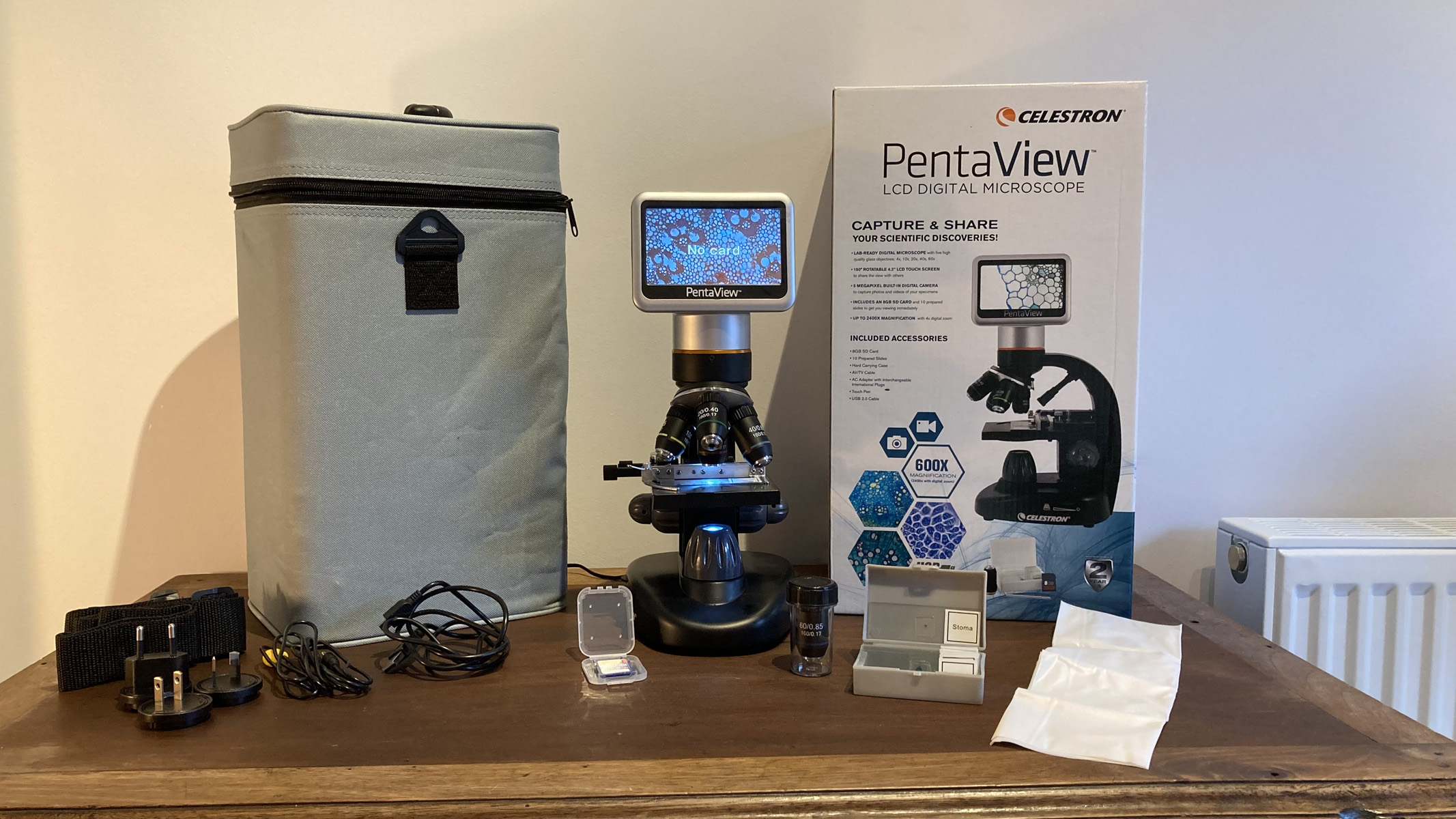JCM, Vol. 12, Pages 753: Heart Rate Variability Impairment Is Associated with Right Ventricular Overload and Early Mortality Risk in Patients with Acute Pulmonary Embolism
Journal of Clinical Medicine doi: 10.3390/jcm12030753
Authors: Monika Lisicka Marta Skowrońska Bartosz Karolak Jan Wójcik Piotr Pruszczyk Piotr Bienias
The association between heart rate variability (HRV) and mortality risk of acute pulmonary embolism (APE), as well as its association with right ventricular (RV) overload is not well established. We performed an observational study on consecutive patients with confirmed APE. In the first 48 h after admission, 24 h Holter monitoring with assessment of time‑domain HRV, echocardiography and NT‑proBNP (N-terminal pro‑B‑type natriuretic peptide) measurement were performed in all participants. We pre‑examined 166 patients: 32 (20%) with low risk of early mortality, 65 (40%) with intermediate–low, 65 (40%) with intermediate–high, and 4 (0.02%) in the high risk category. The last group was excluded from further analysis due to sample size, and finally, 162 patients aged 56.3 ± 18.5 years were examined. We observed significant correlations between HRV parameters and echocardiographic signs of RV overload. SDNN (standard deviation of intervals of all normal beats) correlated with echocardiography‑derived RVSP (right ventricular systolic pressure; r = −0.31, p = 0.001), TAPSE (tricuspid annulus plane systolic excursion; r = 0.21, p = 0.033), IVC (inferior vena cava diameter; r = −0.27, p = 0.002) and also with NT‑proBNP concentration (r = −0.30, p = 0.004). HRV indices were also associated with APE risk stratification, especially in the low-risk category (r = 0.30, p = 0.004 for SDNN). Univariate and multivariate analyses confirmed that SDNN values were associated with signs of RV overload. In conclusion, we observed a significant association between time‑domain HRV parameters and echocardiographic and biochemical signs of RV overload. Impaired HRV parameters were also associated with worse a clinical risk status of APE.

 1 year ago
68
1 year ago
68


